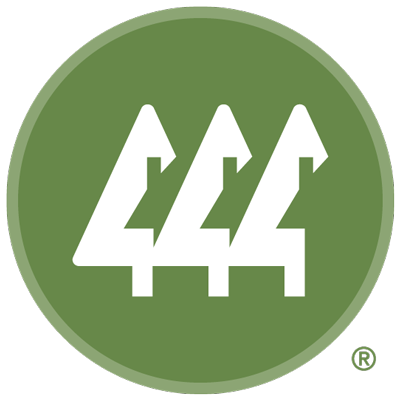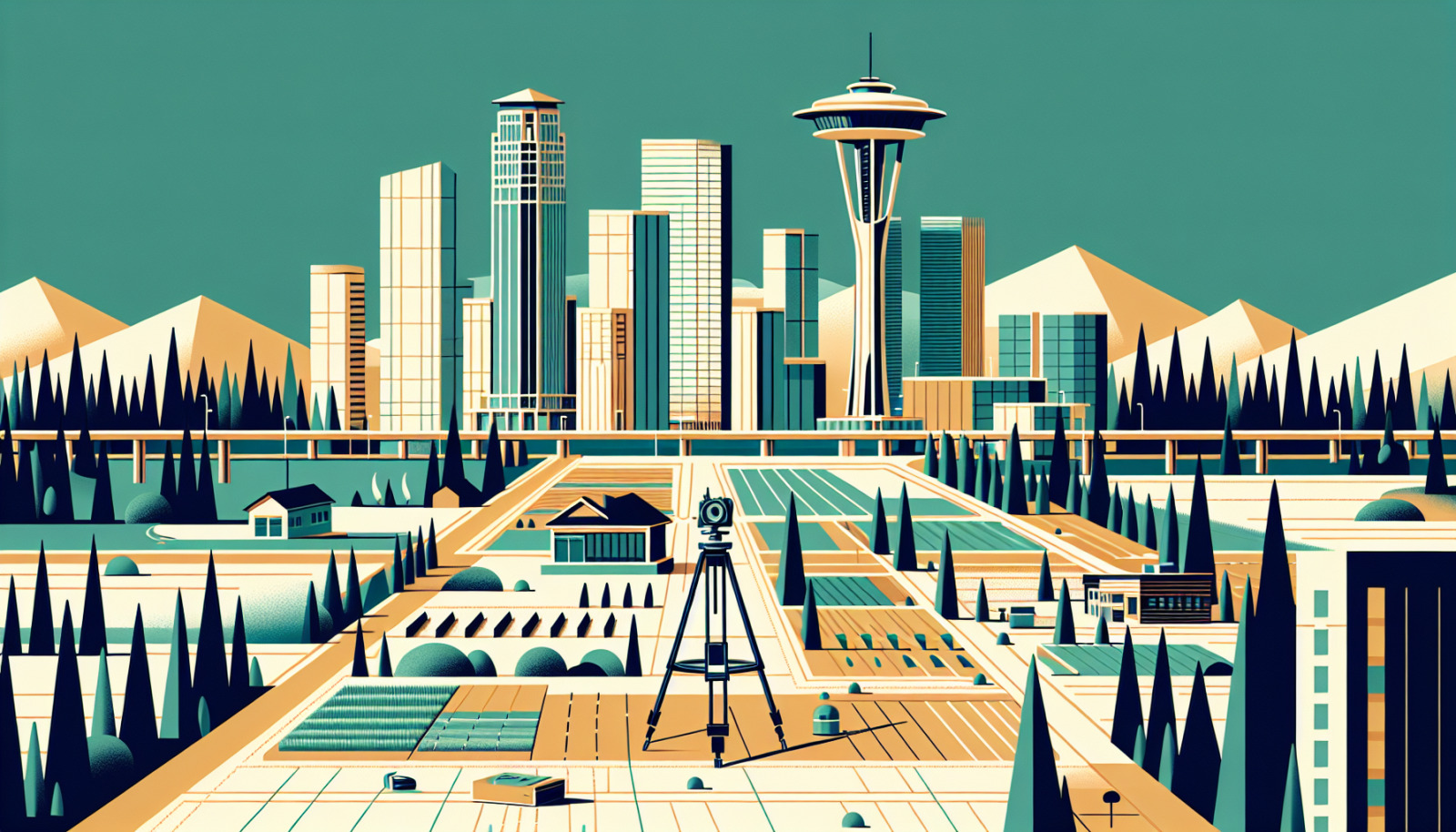When venturing into the Seattle real estate market, understanding land size is a vital part of making informed decisions. Whether you're a prospective homeowner, a developer, or an investor, clarifying the concept of an acre and its implications for property size and value is crucial. In the enchanting city of Seattle, WA, grasping these dimensions can be the difference between an ordinary investment and a truly strategic one. In this handbook, we will guide you through the acres of insight necessary for navigating lot sizes in Seattle, offering detailed explanations and local references that put you, the reader, at the center of the real estate landscape.
Unveiling the Acre in Seattle, WA
Deciphering the Acre
An acre is a unit of area measurement predominantly used in the U.S. to determine land size. In Seattle, an acre carries the same standard size as the rest of the United States, being equivalent to 43,560 square feet.
Envision an Acre
To visualize an acre in Seattle, consider a landmark such as the beloved Gas Works Park. Nearly the size of 90% of this park, an acre in Seattle can also easily encompass a parcel near the sizes of the residential sections of the infamous Space Needle structure. Land does not come in a strictly rectangular shape; understanding that acre can also stretch into long, thin parcels or uneven shapes is important for prospective buyers or developers in the Seattle market.
Mastering Lot Measurement in Seattle, WA
Techniques for Precision
Accurate measurement of large land areas can be challenging, but there are several methods to master it.
- Manual Measurement: One can measure the boundary of a property using precision tools to get an exact figure of the space.
- Deed Details: Property deeds are a well of information, containing precise specifications of the land owned.
- Plat Map Insights: The City of Seattle provides plat maps showing the divisions of land, which are pivotal in determining lot size.
- Professional Surveyors: Hiring local surveying services, such as Seattle Land Surveyors, can provide the most accurate measurements.
- Pacing Approximation: A more traditional approach is to stride the length and breadth of the property and convert your steps to feet – a rough, yet sometimes handy estimation.
Calculating Square Feet to Acres in Seattle, WA
Simplifying Conversions
Understanding the basic conversion between square feet and acres is fundamental: 1 acre equals 43,560 square feet. Thus, if a property in Seattle is 87,120 square feet in size, the land is precisely 2 acres, and a 130,680 square foot lot is exactly 3 acres.
Evaluating Acreage Costs in Seattle, WA
Current Price Landscape
The average price per acre in Seattle can vary significantly based on numerous factors such as location, development statuses, and accessibility. According to current market evaluations, average acreage costs in Seattle have skyrocketed due to the city's economic growth and desirability as a living location. This information can swiftly change, so referring to local real estate listings or resources like Zillow can offer a current snapshot of land prices.
Local Influences
Acre values can fluctuate based on proximity to landmarks, the zoning of the land, and the existing and future land development. The impact of topography and available infrastructure also weighs heavily; for instance, Seattle's undulating hills and waterlogged lowlands might impact the utility and desirability of certain parcels.
Benefits of Vast Acreage in Seattle, WA
Amplifying Advantages
Moreover, owning a large tract of land in Seattle can bring a plethora of benefits, including enhanced privacy, abundant space for expansion, and exhaustive recreational opportunities, providing a peaceful retreat within the bustle of the city.
Commercial vs. Residential Acre in Seattle, WA
Grasping Commercial Acreage in Seattle, WA
Seattle's commercial acreage differs vastly from residential, often located in areas primed for business traffic and offering larger widespread plots to accommodate various business needs.
Acreage by the Numbers in Seattle, WA
Tangible Comparisons
To further illustrate the size of an acre for Seattle residents, imagine it in relation to common sports fields; an acre is roughly 75% the size of a standard football field, providing a tangible point of comparison.
Understanding the size, value, and potential of land in Seattle is paramount whether you're buying or selling. By familiarizing yourself with the measurements, cost landscape, and unique advantages of the Seattle acre, you can navigate the real estate market with confidence and precision. For expert guidance, the professional eye of an experienced real estate agent such as Sample Agent at Sarah McCormick can be invaluable. Connect with me here, and let’s lay the groundwork for your success in the lush land opportunities of Seattle, WA.



